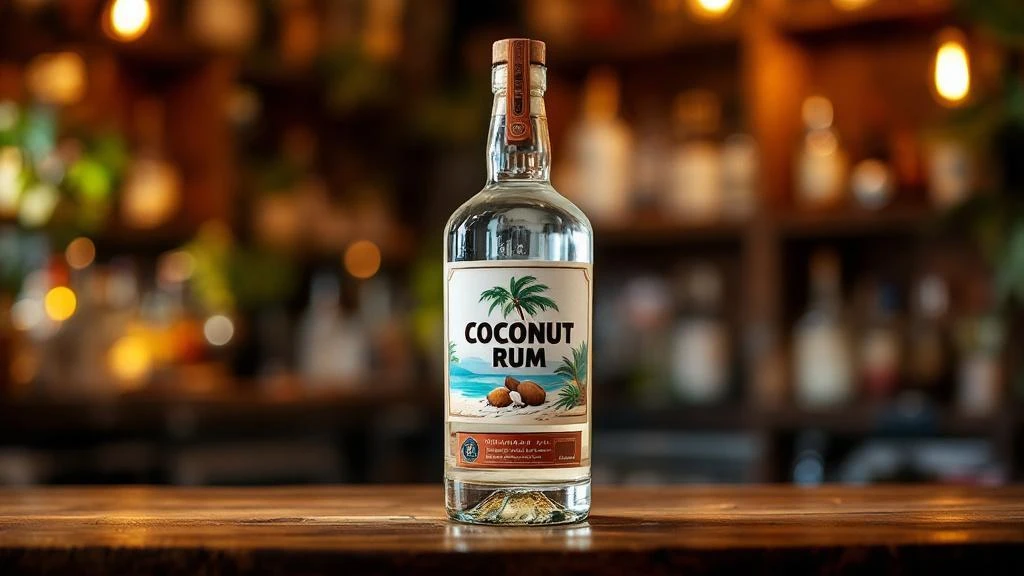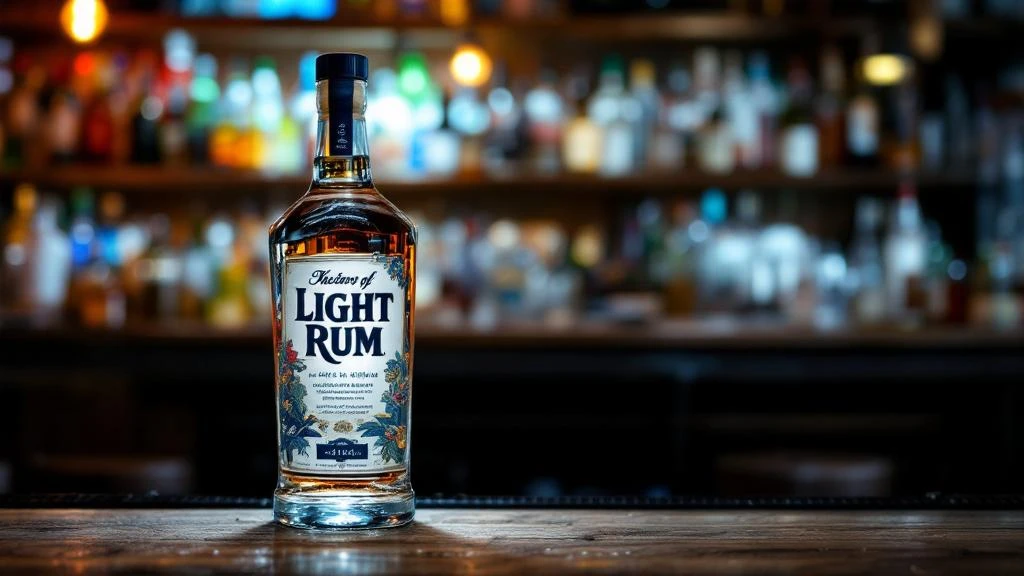Cocktails often seem like magic concoctions, masterfully mixed by bartenders who make it look all too easy. But here’s a secret: being a skilled mixologist isn’t about donning a snazzy waistcoat or spinning cocktail jugs like a circus performer. Instead, it’s about mastering the triad of the cocktail world – shaking, stirring, and muddling.
In this piece, we’ll dive deep into these techniques, exploring not only the how’s, but also the when’s and why’s. And guess what? We’ve all got the power to whip up these tantalizing tipples right in our own kitchens.
Key Takeaways:
- The significance of each technique: shaking, stirring, and muddling in cocktail making.
- When to shake or stir: Understanding which technique fits which cocktail for optimal flavors.
- The art of muddling: How to expertly squash those herbs and fruits to release their full potential.
- Essential bar tools and how to use them like a pro for each technique.
- My personal experiences and tips on mastering these techniques to enhance your home bartending skills. Bring on your inner mixologist!
So, if you’re ready to unlock the secrets to crafting stunning sips that would make even James Bond do a double-take, you’re in for a treat!
Shaking Techniques

Cocktail mixing is an art, and in my years of being a bartender, I have learned that the shaking technique is integral to the creation of a great cocktail experience.
The art of shaking cocktails is more than just jostling a shaker; it’s a choreographed dance that can blend the flavors and textures to produce an excellent tipple.
Perhaps it’s time we took a closer look at the shaking techniques that can elevate cocktail creation to new heights.
- The Short Shake: This technique is used when mixing cocktails with heavy mixers or thick syrups. It lasts about 10 to 15 seconds and is all about achieving proper integration of the ingredients without watering down the cocktail.
- Hard Shake: The hard shake technique, originating from Japan, requires vigorous shaking to create a frothy and creamy texture. It’s especially used in cocktails having dairy products, eggs, or fruit juices.
- Dry Shaking: A precursor to the wet shake, dry shaking is done without ice, focusing on blending ingredients very well, which is essential for egg-based cocktails.
- Rolling Shake: This is a gentle shaking method that cools and mixes the cocktail without disruption. Ideal for delicate ingredients that require a subtle integration.
- Cuban Shake: A rhythmic clockwise shaking technique, often used in Mojito making. It focuses on shaking the ingredients finely to produce a well-blended cocktail.
Remember, practice makes perfect and it’s key to becoming adept at this art. Have fun while shaking, but always keep in mind the technique suitable for the ingredients you’re working with. Personalize these techniques, because as every bartender knows, a touch of personal flair makes every cocktail taste even better!
Stirring Techniques

Stirring cocktails is akin to a dance, a gentle yet considered rhythm. It’s a fundamental aspect of cocktail crafting that may seem straightforward, but requires a profound understanding and grace to execute perfectly. Let’s dive into this stirring technique.
The role stirring plays in the cocktail-making process is often understated. Although it might appear as simply mixing the ingredients, it’s much more than that. Stirring is all about chilling, subtly diluting, and uniting the components of the drink in a balanced and harmonious manner.
Through years of my career as a bartender, I’ve recognized a few essential pointers that can make or break your stirred cocktails:
- Stirring too aggressively could lead to over-dilution and upset the delicate balance of flavors in your cocktail.
- Use a bar spoon, not just any spoon. Its twisted stem aids in smooth stirring and the long handle can access the deepest part of the mix.
- Remember to stir your mix for at least 30 seconds to thoroughly chill and slightly dilute it.
Let me share an informational table to illustrate the stirring technique:
| Step | Description |
|---|---|
| First | Fill a mixing glass with ice |
| Second | Pour in your ingredients |
| Third | Hold the bar spoon between your thumb and fingers |
| Fourth | Gently slide the spoon around the edge of the glass |
| Fifth | Stir for about 30 seconds or until well-chilled |
| Sixth | Strain the cocktail into the serving glass |
My most memorable stirring experience goes back to my first professional bartending gig when I thought stirring was as simple as making a cup of coffee.
I was utterly wrong. I over-stirred my first Manhattan and ended up with a watery concoction that barely passed as a cocktail. It then dawned on me that, as with everything else in this craft, stirring needed finesse, expertise, and patience.
In my opinion, stirring doesn’t get as much attention as shaking, perhaps because it’s not as theatrical or flamboyant. But it plays a paramount role in bringing out the elegance in cocktails, especially for spirit-forward ones like Martini or Old Fashioned.
I believe it’s the unsung hero of the cocktail-making process, delivering excellence in glass with quiet, understated charm. Stirring technique, when applied right, can elevate your cocktail experience from ordinary to extraordinary.
In conclusion, stirring may seem like a simple act, but it’s an essential method that contributes significantly to creating a stellar cocktail. It’s an art that requires a gentle touch, a natural rhythm, and a deep understanding of balance, unequivocally showcasing the understated beauty of bartending.
Muddling Techniques
Ah, muddling, a classic approach to the cocktail creation process that, when utilized with the right touch, can result in a boozy beverage that really sings. Muddling is more than just crushing fruits or herbs into a drink, it’s about releasing those exquisite natural flavors to elevate your cocktail to the next level.
I remember when I was just starting out as a bartender, one of the first techniques I had to perfect was the art of muddling. Trust me, it’s as fun as it sounds!
Here are the key steps to keep in mind as you tackle this technique:
- Choose your muddler: Go for a high-quality muddler that’s long enough to reach the bottom of your glass and has a flat base to extract the most flavor.
- Select your ingredients: Soft fruits like berries, citrus peels, and fresh herbs like mint are suitable for muddling.
- Gentle is the way to go: Crush your ingredients lightly, extracting the flavors without breaking them down completely to avoid any bitter aftertaste. Experience has taught me that temperance in muddling is often the secret to a well-balanced cocktail.
- The order matters: Always muddle your ingredients before adding in liquor. This makes it easier to control the flavor intensity.
Remember, muddling is all about enhancing flavors, not obliterating your ingredients. Do it right, and you’ll elevate your mixed drink from ordinary to out-of-this-world! Happy muddling!
Conclusion
I can honestly say that mastering the techniques of shaking, stirring, and muddling is essential for any aspiring mixologist or home bartender. These are the fundamentals of crafting quality drinks, and when executed properly, they can transform ordinary ingredients into extraordinary cocktails.
The best bartenders don’t simply mix drinks; they treat their craft like an art, with each cocktail a masterpiece, each movement a stroke of the brush. And just like the best artists, the best bartenders understand their tools and techniques like the back of their hand.
Having spent countless late nights behind the bar, I’ve learned that there’s a rhythm and science to shaking, stirring, and muddling. It’s not about doing it as fast as you can – it’s about doing it right. The forceful, rhythmic shake of a cocktail shaker, the gentle, circular stir of a bar spoon, the firm, steady crush of a muddler – these aren’t just motions, they’re precise actions that extract, combine, and elevate the flavors of the ingredients.
So whether you’re a budding bartender or a cocktail aficionado, remember this: every shake, every stir, every muddle matters. Practice and perfect these techniques, because in the world of bartending, the devil is indeed in the details.
So, here’s to creating cocktails that not only tantalize the taste buds but also, entertain the senses. Let’s shake, stir, and muddle like a pro because after all, we’re not just making drinks, we’re creating experiences. Cheers!











